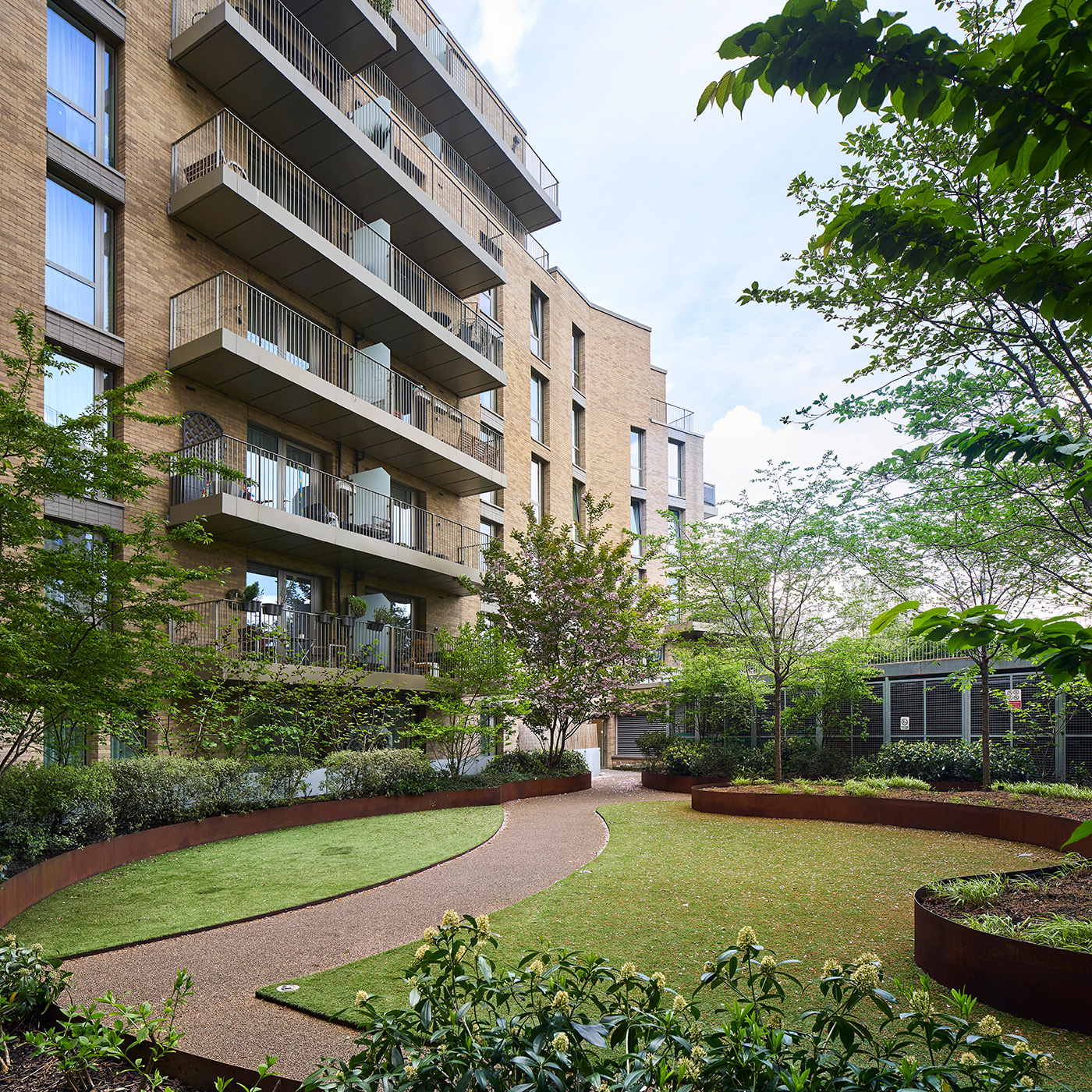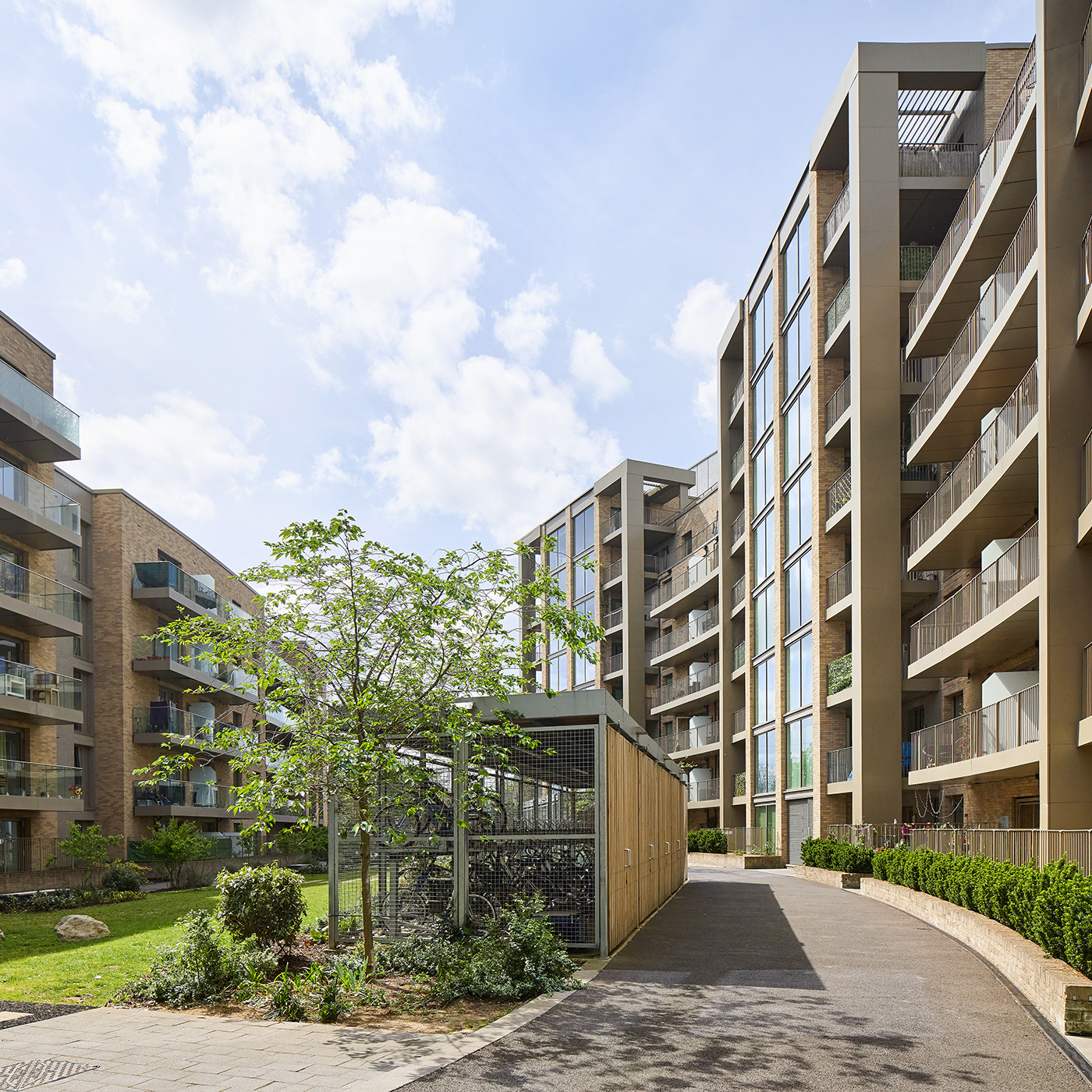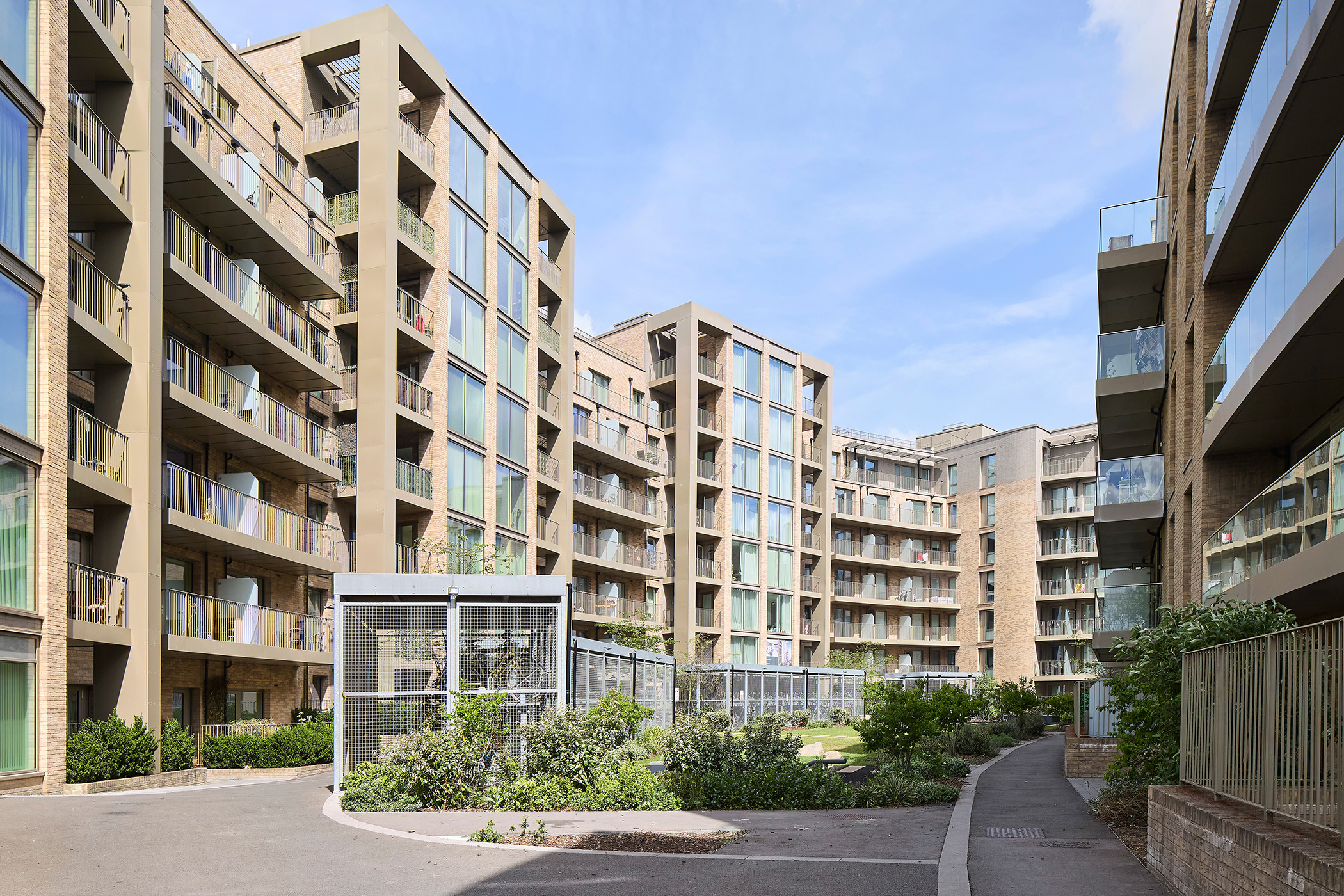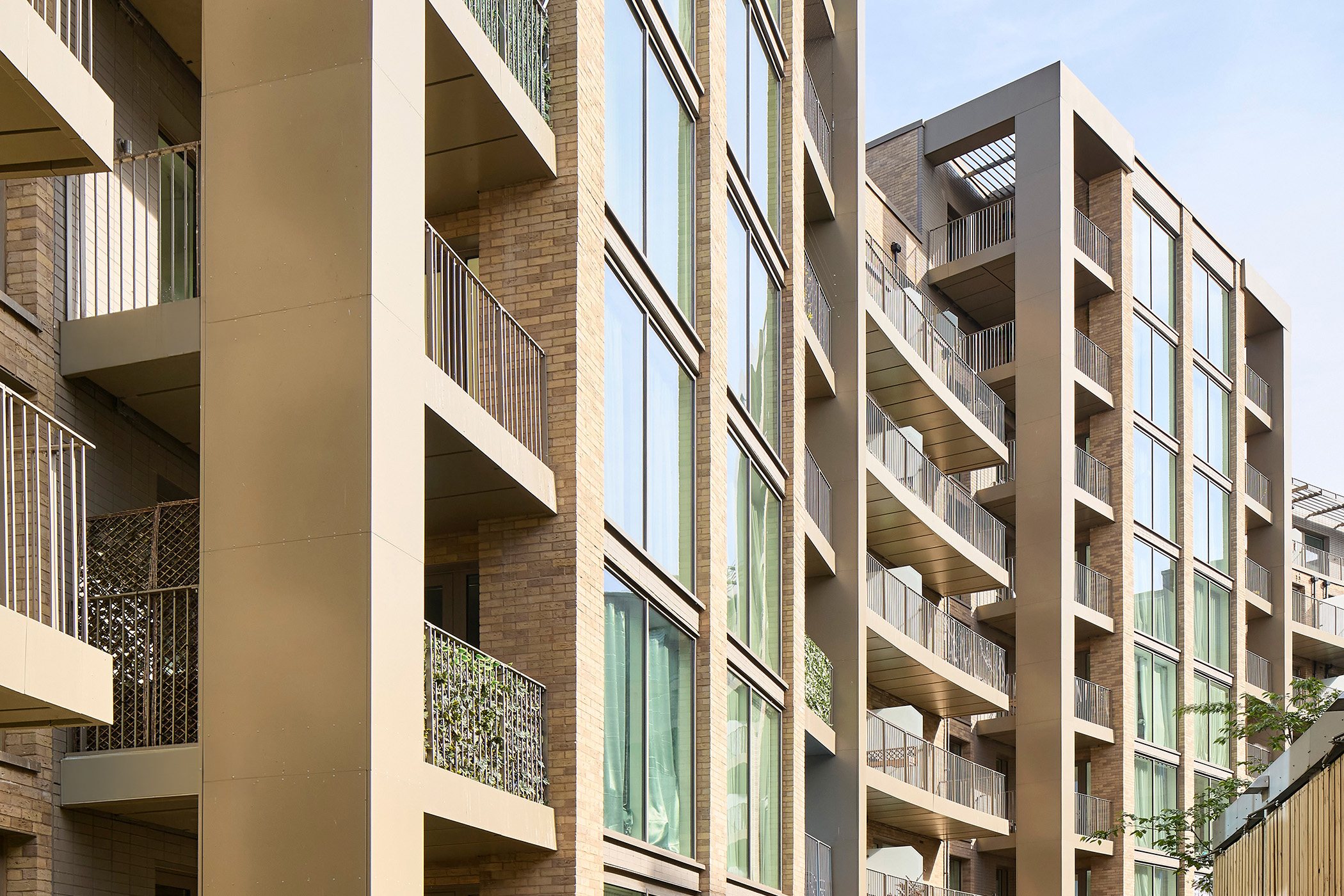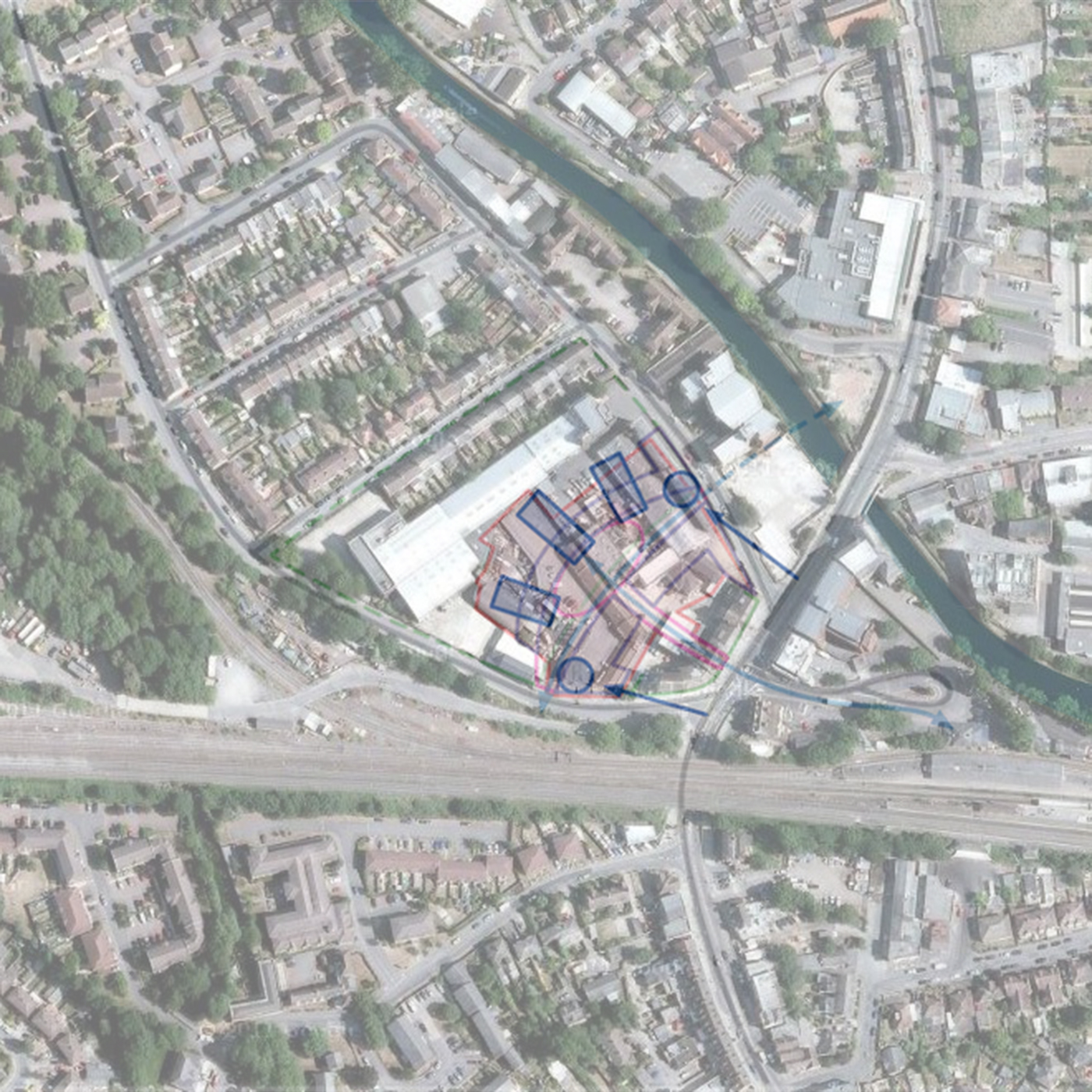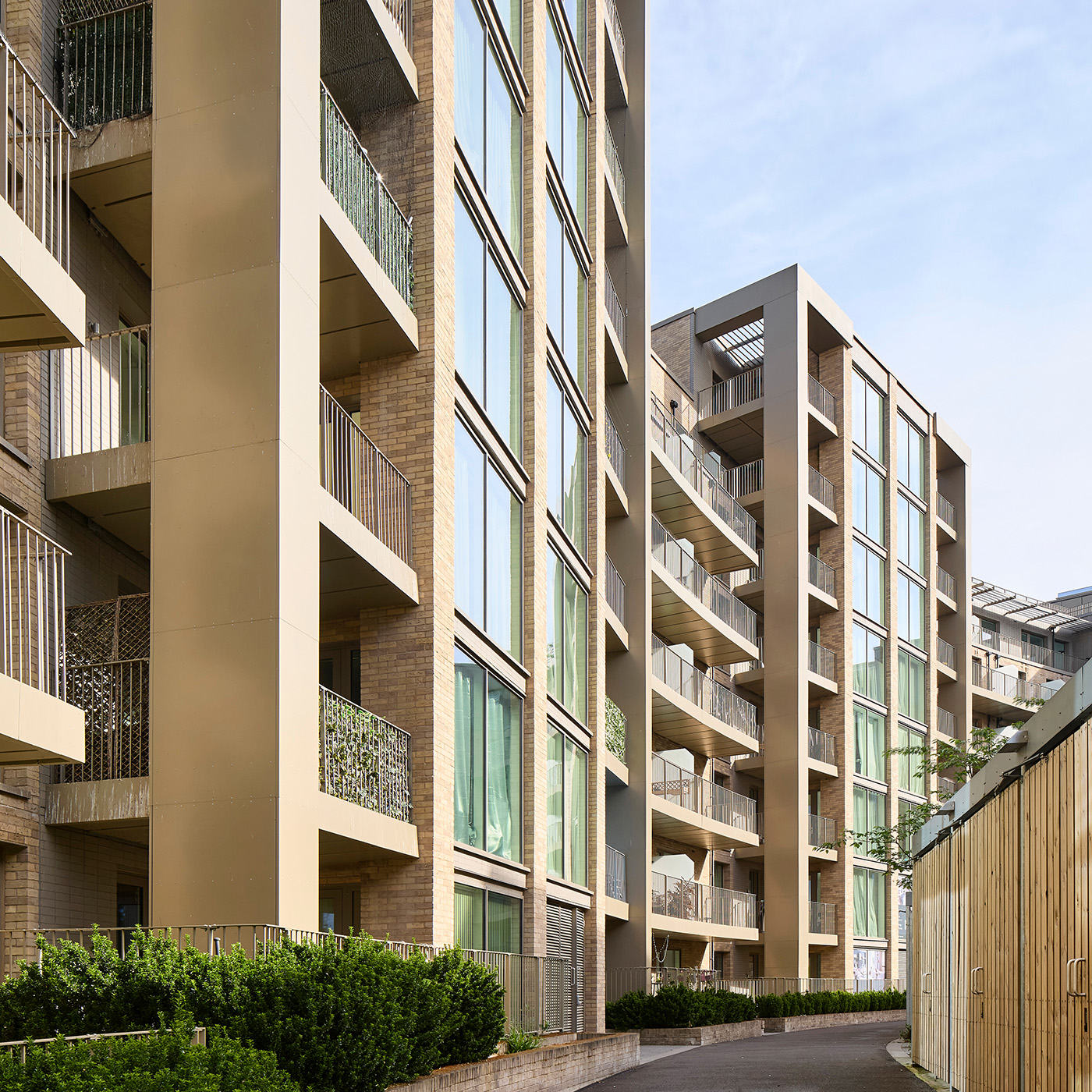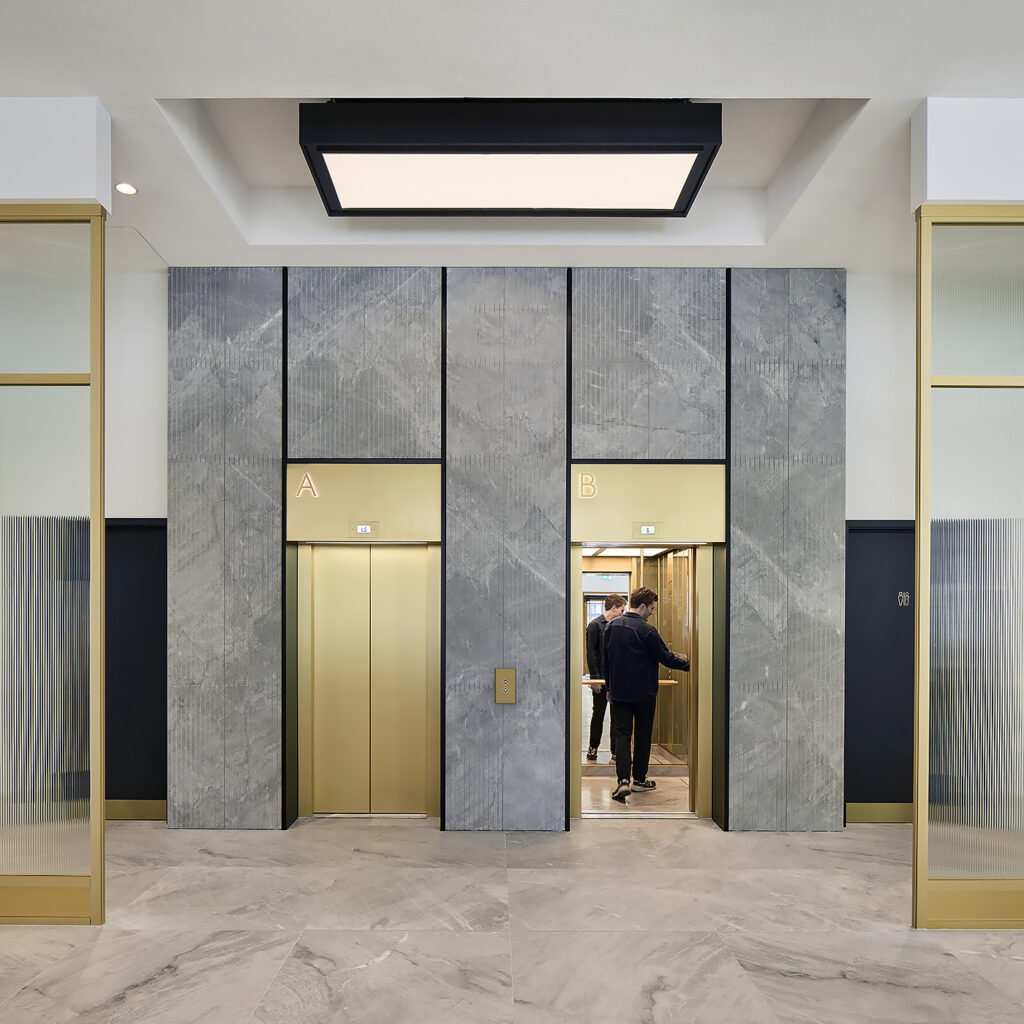West Drayton
- Client: Kitewood Estates Ltd (City)
- Contacts: Charles Graham, Euan MacGillivray
West Drayton transforms a previously underutilised and fragmented site at the heart of Yiewsley in the London Borough of Hilingdon into a vibrant new residential quarter.
The original site, a post-industrial, derelict area, lay behind the High Street—bounded by the Western Railway to the east and the canal to the west. Rolfe Judd was briefed to transform this neglected space into a place for people to live. Today, with over 240 new homes delivered beside the High Street, a genuine community has emerged—anchored by a newly defined heart at its centre.
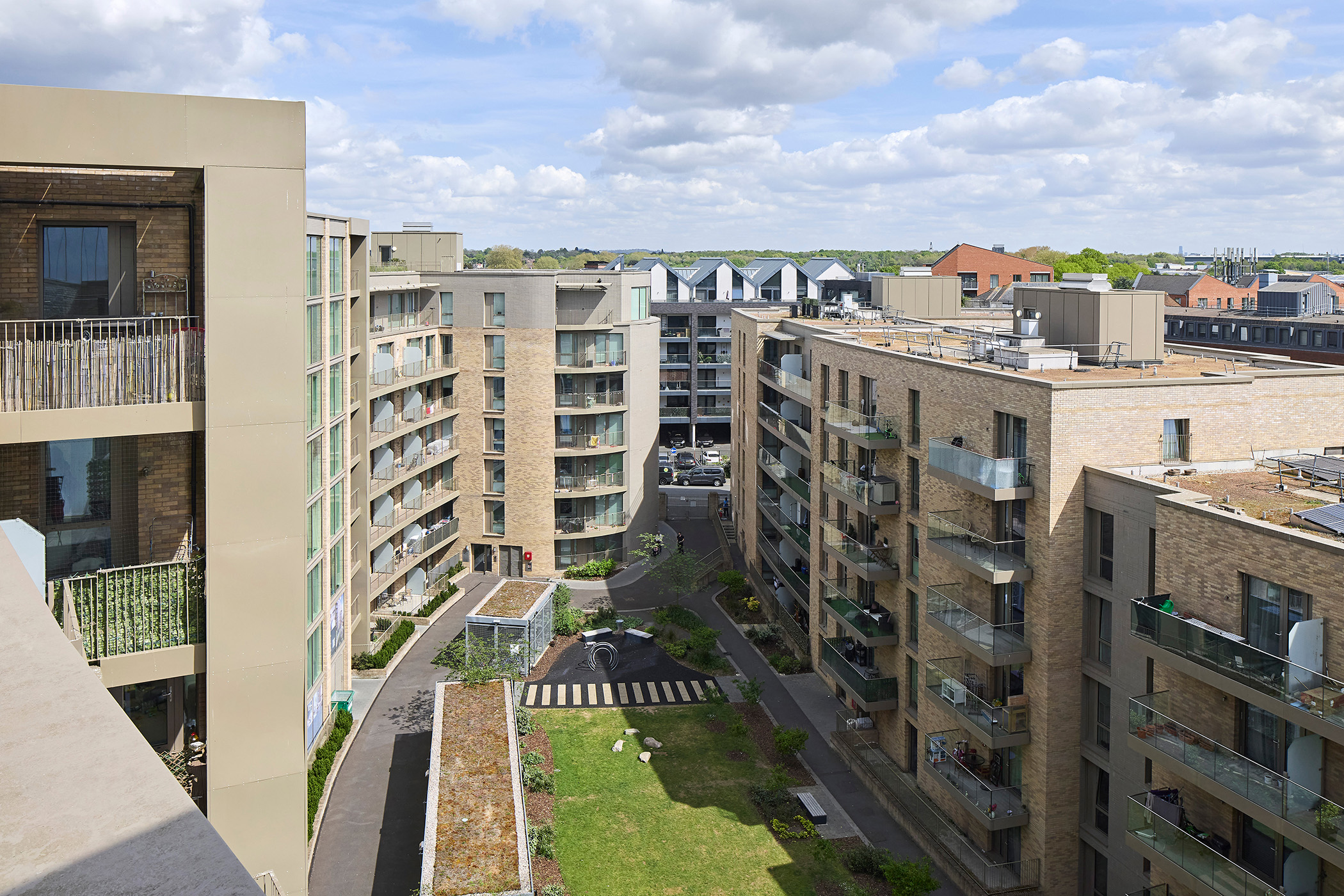
Reflecting on the development of a place and its community is always valuable, especially when it involves redefining a town centre. West Drayton Station occupies 0.087 hectares of land adjacent to the High Street, with the Grand Union Canal to the north. The development replaces a cluster of derelict industrial buildings—including the former Dairy Crest depot—with a carefully considered layout of contemporary buildings arranged around a central landscaped crescent. The scheme delivers over 240 high-quality new homes, a community/D1 unit, a retail space, and significant new public realm—positioning itself as a key catalyst for local regeneration. The buildings range in height from five to nine storeys and responds sensitively to the existing urban grain, stepping in scale to respect the neighbouring residential streets of Bentinck Road and Winnock Road.
A strong emphasis on placemaking underpins the design. The scheme opens up a previously inaccessible area of land, delivering a new pedestrian link between Tavistock Road, Bentinck Road, and the High Street. This enhanced permeability is further reinforced by new public realm improvements and landscaping, including biodiverse roofs, communal courtyards, natural play spaces, and a central green crescent that acts as a focal point and amenity hub.
Located within walking distance of West Drayton station, the site benefits from excellent connectivity—particularly with the Elizabeth Line—which places Central London within 20 minutes. This accessibility, combined with the new retail and community facilities, positions Tavistock Gardens as an ideal location for both existing and new residents. The design also accommodates resident car parking spaces, car clubs, and extensive cycle storage, reflecting a commitment to sustainable transport. Twenty-five homes are designed specifically for wheelchair users and are distributed across the site, ensuring inclusivity throughout.


